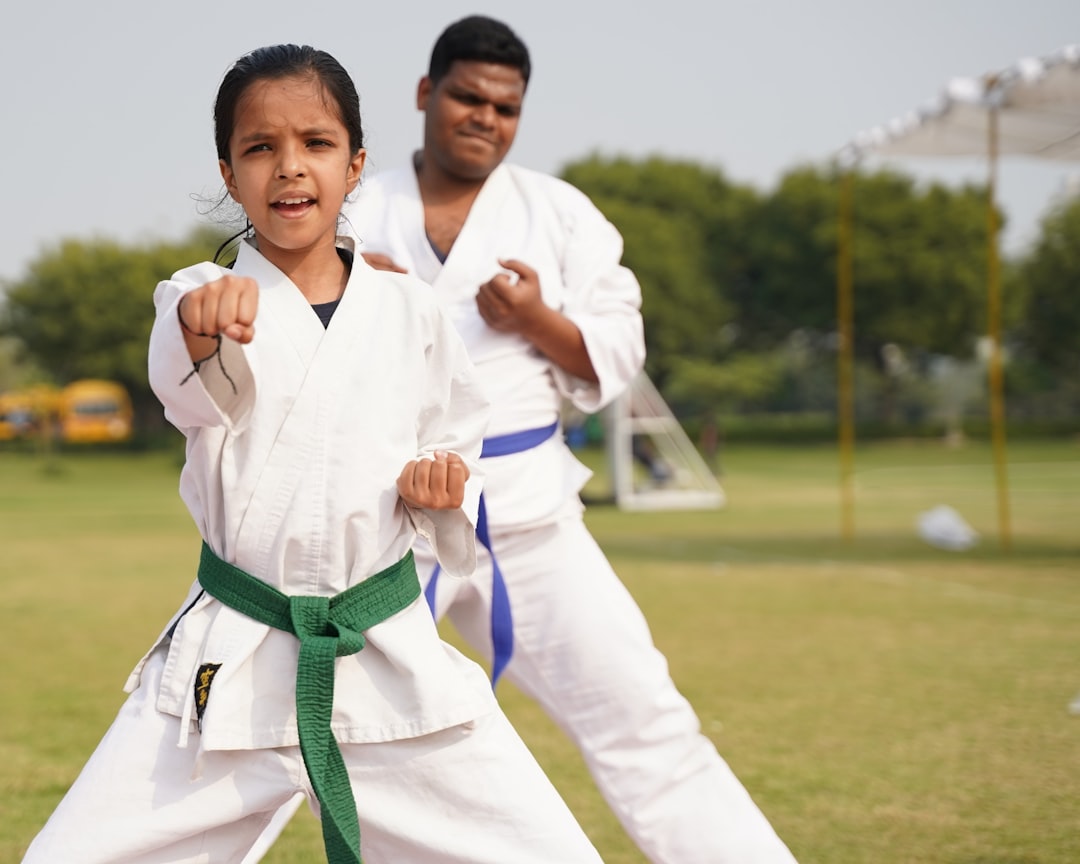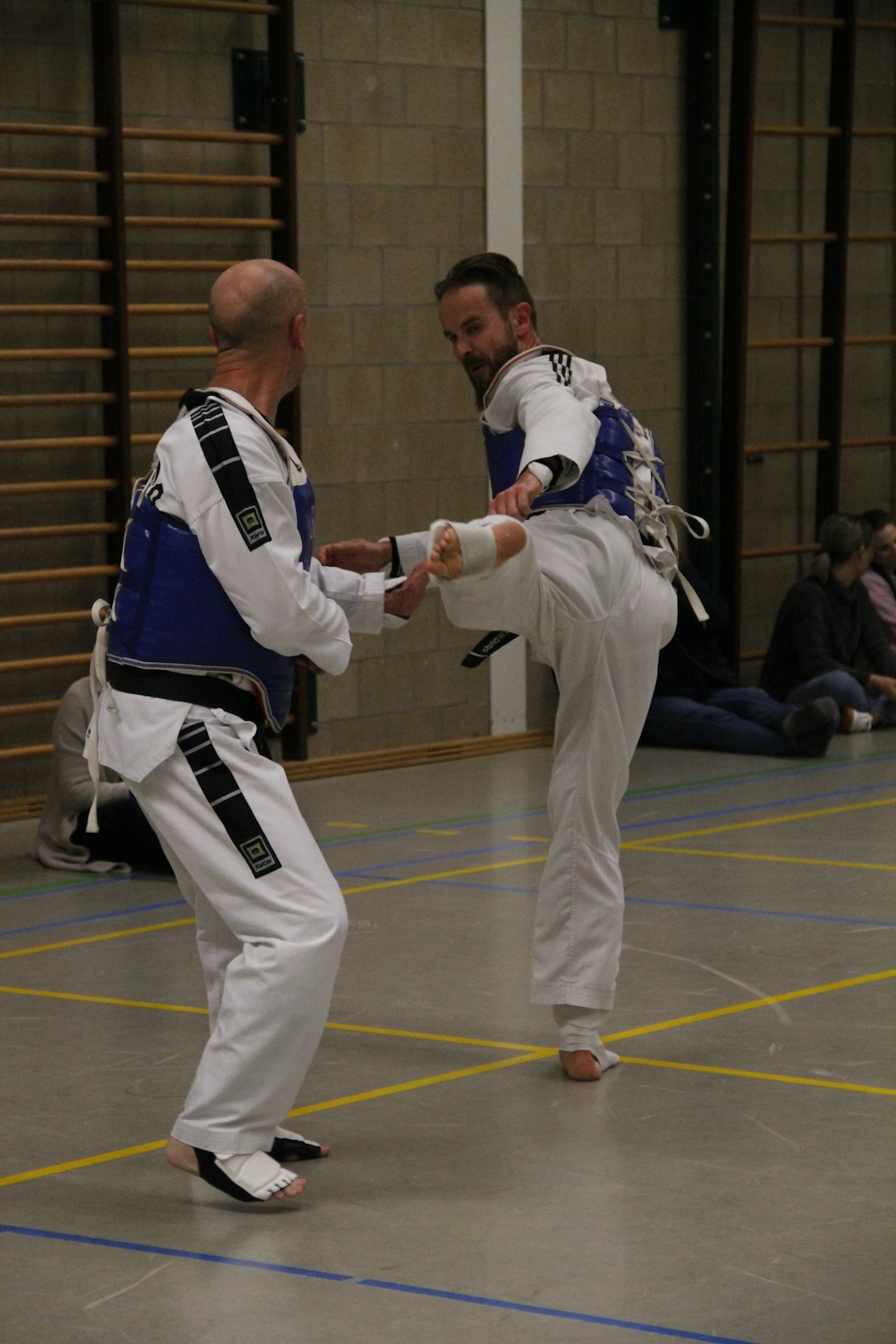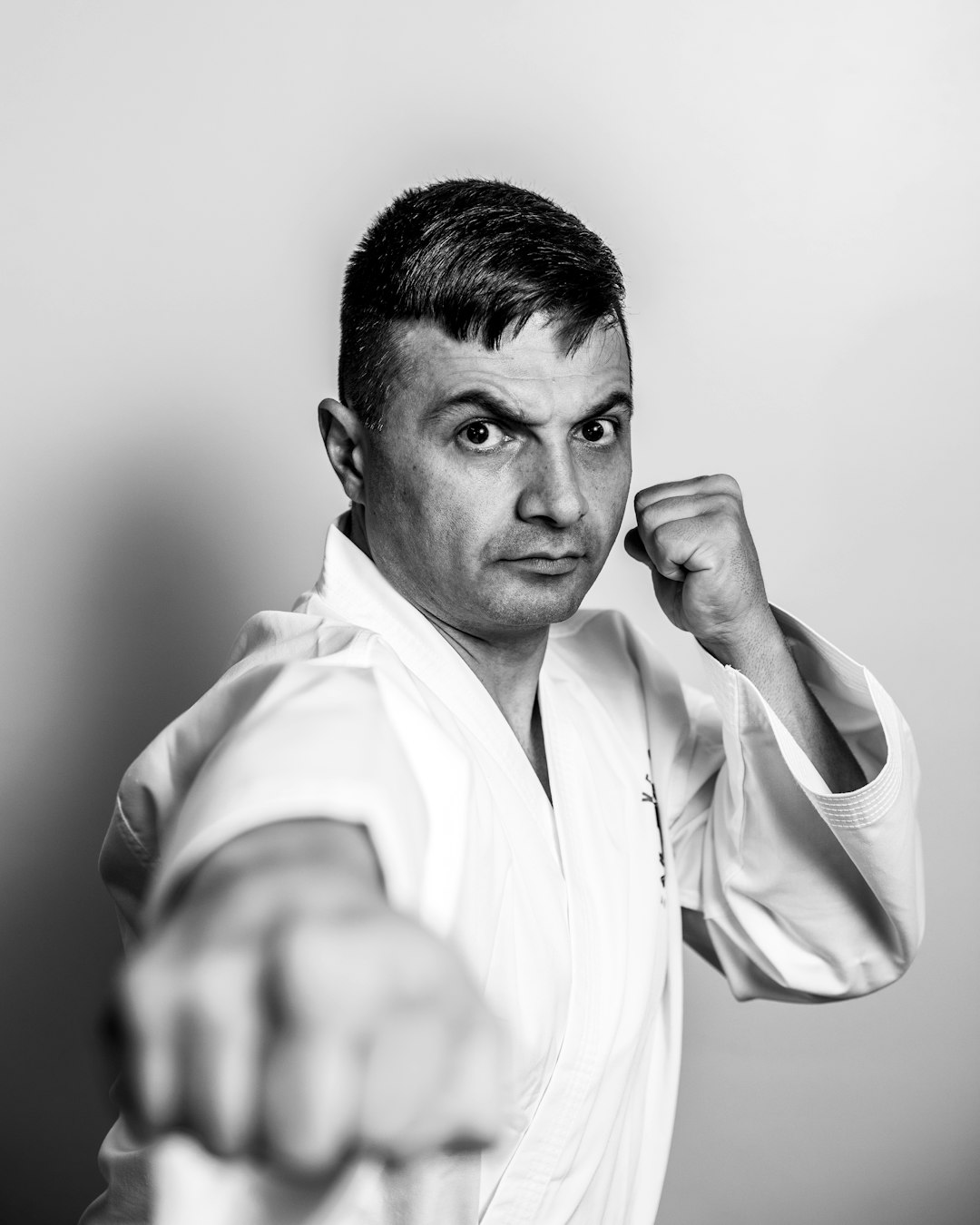The karate uniform, known as a gi or keikogi, is central to the practice of karate, reflecting both cultural significance and practical functionality. It consists of a jacket and trousers, typically made of durable yet breathable cotton or a blend, symbolizing purity and humility through its white color. The standard gi, which includes the uwagi jacket and shin-gi trousers, is designed to facilitate freedom of movement for kata and kumite while withstanding the rigors of training. Historically rooted in Japanese martial arts as the keikogi, the modern karate gi has adapted to suit the specific needs of karate practitioners worldwide. When choosing a gi, it's important to consider fit and material for optimal performance, ensuring that the jacket allows unrestricted movement and the trousers offer secure yet mobile comfort. The obi, or belt, holds significance not only for keeping the gi closed but also as a visual indicator of the practitioner's rank. A well-selected karate uniform is essential for an effective training and competition experience, embodying the discipline and values central to the martial art.
Discerning the correct terminology for a karate uniform is foundational for practitioners and enthusiasts alike. Often referred to colloquially as a ‘gi,’ this garment’s history and significance within martial arts are rich and deeply ingrained in the practice of karate. In our exploration, we will uncover the authentic name of the karate uniform, trace its evolution, and delve into the distinguishing features that make it an indispensable part of the discipline. Join us as we shed light on the essentials behind what is commonly known as a ‘karate uniform.’
- Understanding the Essentials: What is the Karate Uniform Called?
- The Evolution and Significance of the Karate Gi
- Key Features and Fabric Choices in a Karate Uniform
Understanding the Essentials: What is the Karate Uniform Called?

When engaging in the disciplined practice of karate, practitioners don uniforms that are both functional and symbolic. These garments serve as a canvas for the individual’s dedication and progress within the martial art. The karate uniform, specifically, is known as a “gi” or “keikogi.” It consists of a jacket and trousers, typically white, which provide mobility and comfort during training. The gi is designed to be durable enough to withstand the rigors of practice while allowing for the full range of movement necessary for the various kata and kumite exercises. Does the karate uniform have a specific name? Yes, it is called a “gi” or “keikogi,” which is the traditional attire worn by practitioners in most styles of karate. Is there a particular reason for the gi’s design and color? The white color of the gi symbolizes purity and humility, reflecting the martial artist’s commitment to self-improvement and discipline. Additionally, the cotton material from which it is made absorbs sweat, making it suitable for intense physical activity.
The Evolution and Significance of the Karate Gi

The term “karate uniform” is commonly referred to as a “Gi,” a traditional garment integral to the practice of karate and other martial arts. The evolution of the Gi reflects a blend of cultural and functional influences, tracing its origins to the Japanese martial arts where it was originally called a “Keikogi.” Over time, the design of the Gi has undergone modifications to meet the specific needs of karate practitioners, leading to the standardized version we see today. The traditional Gi consists of a jacket and trousers, typically made of heavy cotton or hemp fabric, which is both durable for the rigors of practice and comfortable for the wearer. It serves as a canvas that highlights the practitioner’s skill and technique, allowing instructors to provide feedback on form and movement.
What distinguishes the Gi from other martial arts uniforms are its specific dimensions and color. The jacket, or “Uwagi,” is cut longer than the trousers, or “Shin-gi,” to ensure full coverage during various stances and movements. Additionally, the fabric is often pre-shrunk and pre-treated to maintain its shape and reduce shrinkage during use. While the traditional color was white, symbolizing purity and humility, today karate Gi’s also come in black, which can be more practical for different martial arts styles and preferences. The Gi has become a global emblem of discipline, respect, and the martial arts way of life, transcending cultural boundaries and remaining an essential component of karate practice.
Key Features and Fabric Choices in a Karate Uniform

When selecting a karate uniform, often referred to as a “gi” or “keikogi,” in the martial arts community, several key features are essential for both comfort and functionality during practice and competition. The gi typically consists of a jacket and trousers, both constructed from sturdy yet flexible fabric that allows for a full range of motion. Does the fabric’s weight and weave contribute to the uniform’s performance? Indeed, the fabric should be neither too heavy nor too light, as it must withstand the rigors of training while still being breathable. A common choice is cotton or a cotton blend, which provides durability and comfort. What are the best fabrics for a karate gi? Cotton or a cotton-polyester blend is often preferred due to their balance of longevity and softness against the skin. Additionally, the jacket’s fit should not be overly restrictive, allowing for ease of movement in techniques such as kicks and blocks, while the trousers should remain secure without inhibiting leg mobility. The uniform’s design also includes a belt, known as an “obi,” which holds the gi closed and is integral to the martial artist’s rank identification. Ensuring that the karate uniform meets these criteria will contribute to an effective training experience.
In conclusion, the traditional attire worn in karate practice is commonly referred to as a “Karate Gi.” This garment’s design and materials have evolved over time, reflecting both the rich history of martial arts and contemporary needs for functionality and comfort. When selecting a Karate Gi, one should consider key features such as fabric weight, weave tightness, and durability to ensure it meets the standards of traditional practice while supporting the practitioner’s performance. Understanding the karate uniform name and its significance enhances appreciation for the discipline and its customs.
